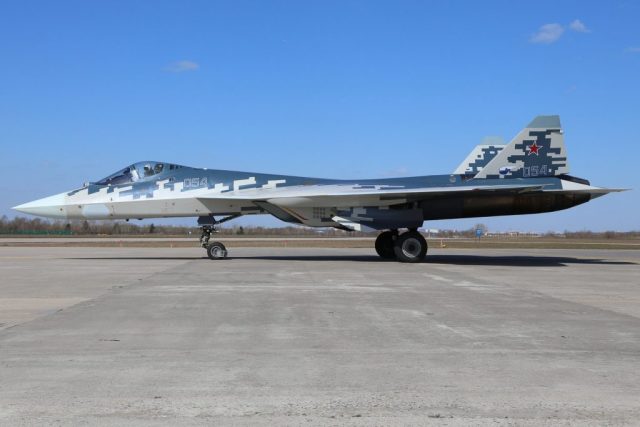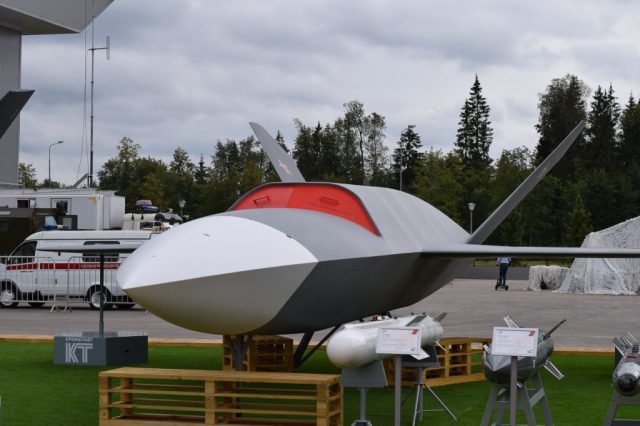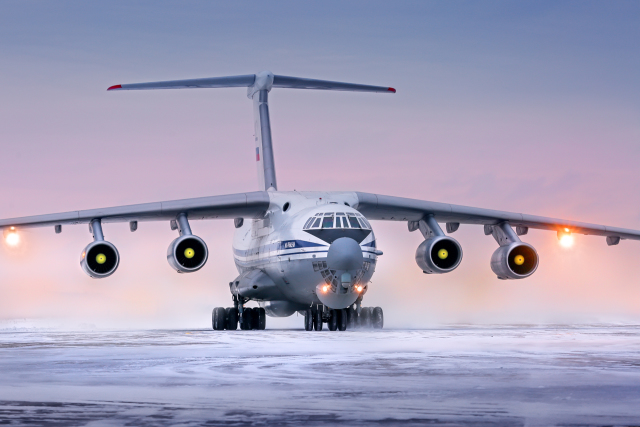Russia may have a flying aircraft carrier, the basis of which will be a heavy military transport aircraft Il-76. He will use the Molniya UAV, which is capable of solving, among other things, shock tasks.
In the West, they are working on the concept of a UAV carrier aircraft. Russia has proposed its own vision of such a system.
At the head of the concept is a promising reconnaissance and strike UAV "Lightning". "The main idea is that it will really be an air launch. The possibility of basing the "Lightning" on the Il-76 is envisaged, " [...] RIA Novosti quotes the words of the general director of the Kronstadt company (the developer of the unmanned vehicle) Sergey Bogatikov.
According to him, they also want to use the "Lightning" from the new Russian fighter Checkmate, which was first shown at the last MAKS. It is appropriate to recall that earlier it was reported about the use of the Su-57 fighter as an air carrier. Inside, the aircraft will be able to carry more than ten different unmanned aerial vehicles.

Su-57
Image source: TASS
Now we are preparing materials that will allow us to participate in the competition for the implementation of the draft design of the unmanned Lightning system. Real UAVs may have differences from the models shown to the military earlier. According to the modern vision, the complex will be able to solve not only shock and reconnaissance tasks, but also be used for electronic warfare.
In March, it became known that [...] a UAV control system is being created in Russia, which will receive several levels. It is assumed that the Thunder strike drone will be able to coordinate the actions of ten Lightning drones, the carrier of which will be another aircraft.

The "Thunder"layout
Image source: Kronstadt
The "Thunder" itself has also yet to be created. In a real battle, he will be ahead of the main aviation group, at a distance of several hundred kilometers. The device should provoke the enemy to open fire, thereby forcing him to unmask his position. After that, the Molniya UAVs will strike at the air defense positions. Then the "ordinary" front-line aviation will come into play.
The Thunder will receive four suspension points, two of which will be under the wing consoles, and the rest will be inside the UAV. The device will be able to use heavy strike weapons, in particular X-38 guided missiles of the air — to-surface class.
The take-off weight of the device is seven tons. It will be able to deliver a payload weighing 1.3 tons at a range of about 800 kilometers. The cruising speed of the Thunder is 800 kilometers per hour. The practical ceiling is 12 kilometers.

